Kauri Museum, Kauri, NZ | February 2020
OSGF
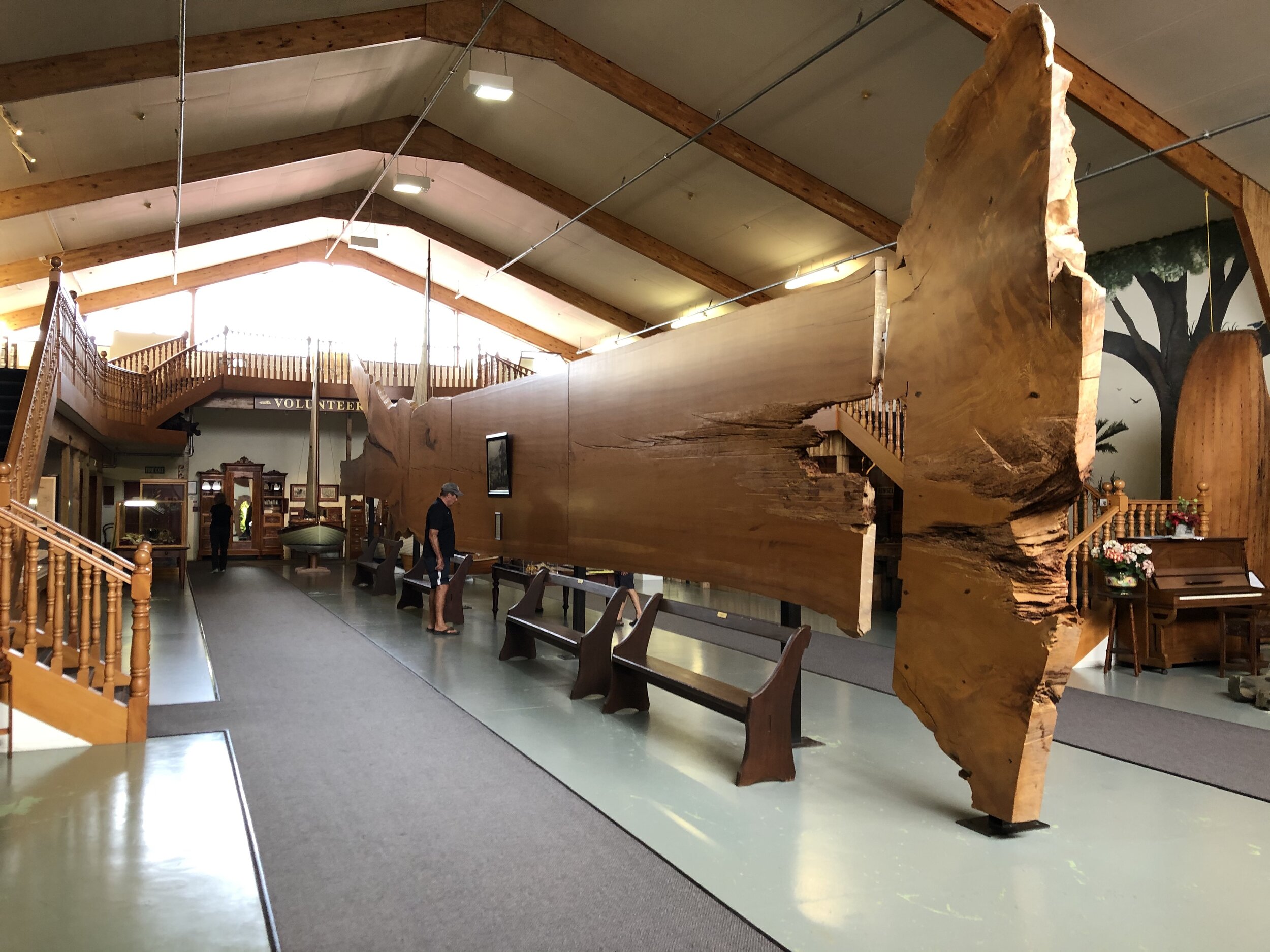
The Kauri Museum in Matakohe (https://www.kaurimuseum.com) tells the story of the extensive logging of the original kauri resources of the Northlands from technological and cultural perspectives. These trees may live for a millennium or more and were heavily exploited in the late nineteenth and early twentieth centuries.
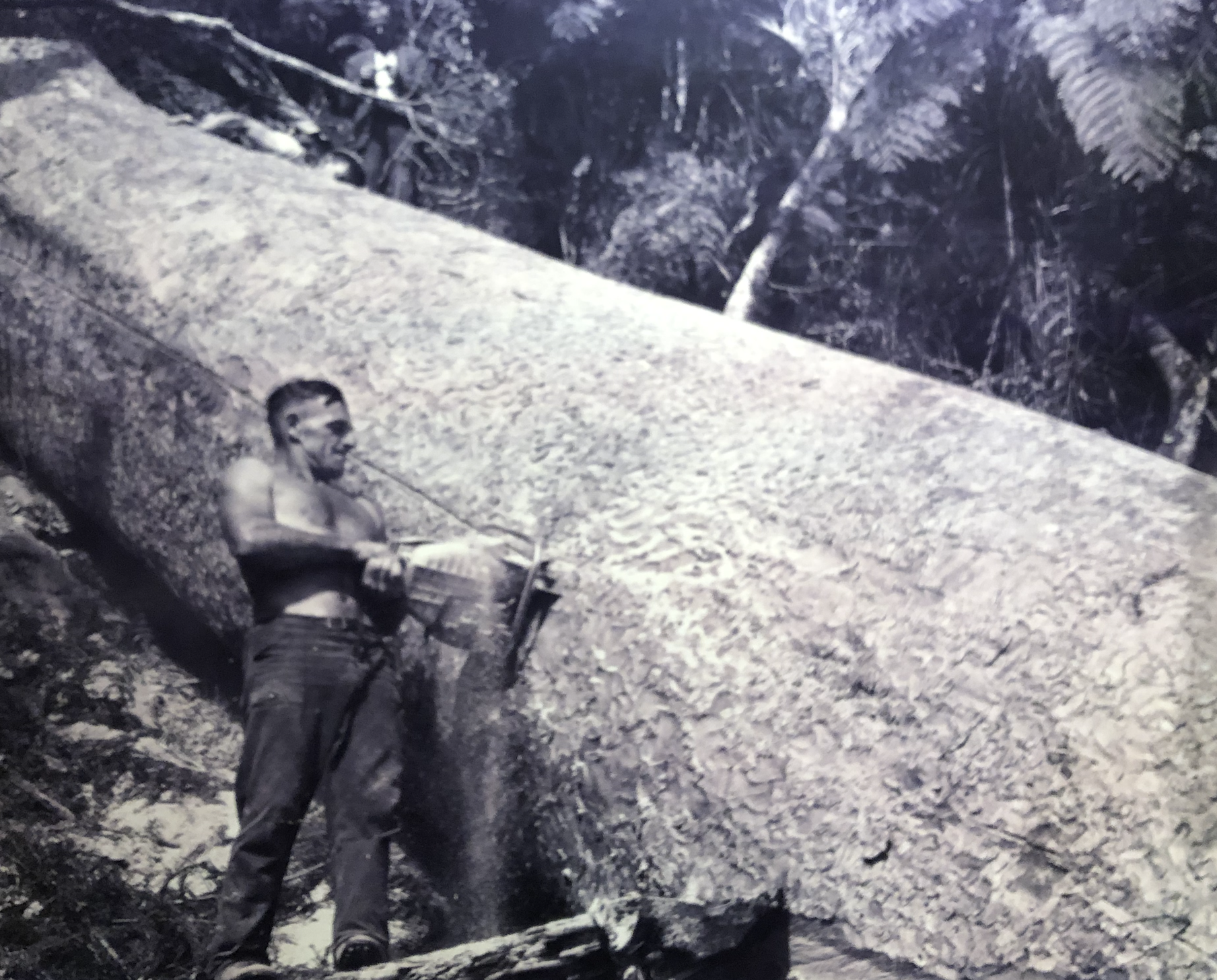
Kauri (Agathis australis,) have massive clean trunks with few lower branches and produce highly desirable timber.

The Kauri Museum contains a large plank recovered from a fallen tree that had a girth 23.7-24.9 m (78-82 ft) and a diameter if 7.92 m (26 ft) and may be the largest kauri ever recorded. In addition to living trees, subfossil trunks buried in the muds and peats of lakes and ponds in the Northlands, so-called swamp kauri, were also excavated and recovered for their timber.

Analysis of the annual rings in the massive kauri trunks from living and subfossil trees is being used to understand past climate change in New Zealand.

A further valuable resource from kauri forests that was exploited commercially is kauri gum, the resin produced as a wound response by living kauri trees.
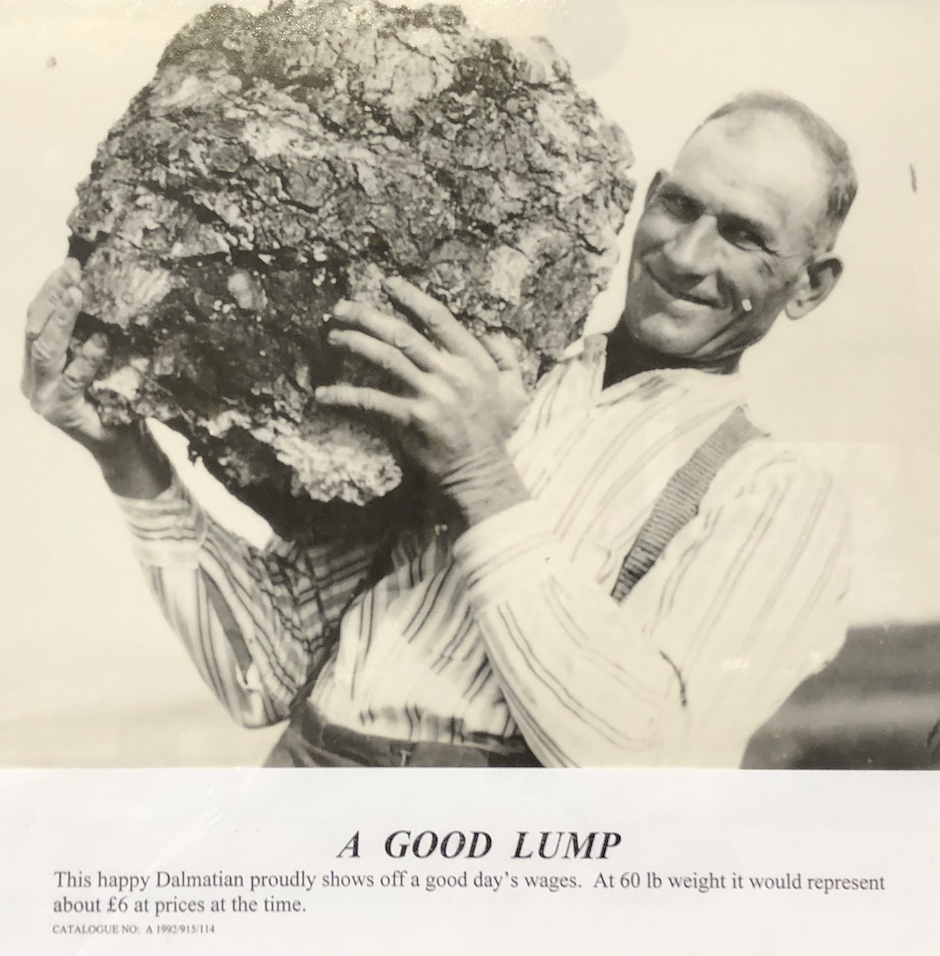
Vast quantities of subfossil kauri gum were collected by so-called “gum diggers.”
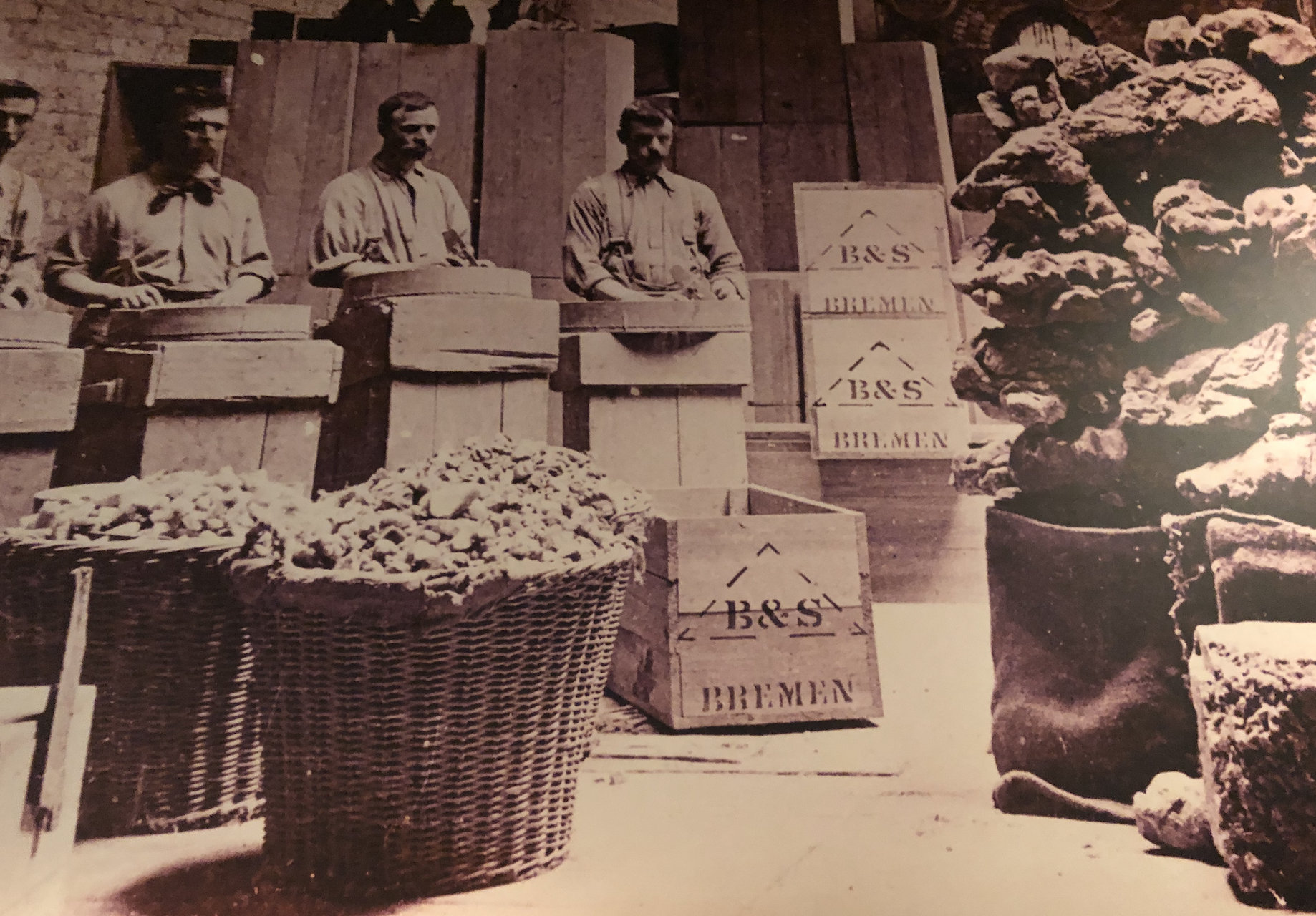
Kaurui gum was exported to markets in Australia and in Europe and was used for making varnishes and paints.
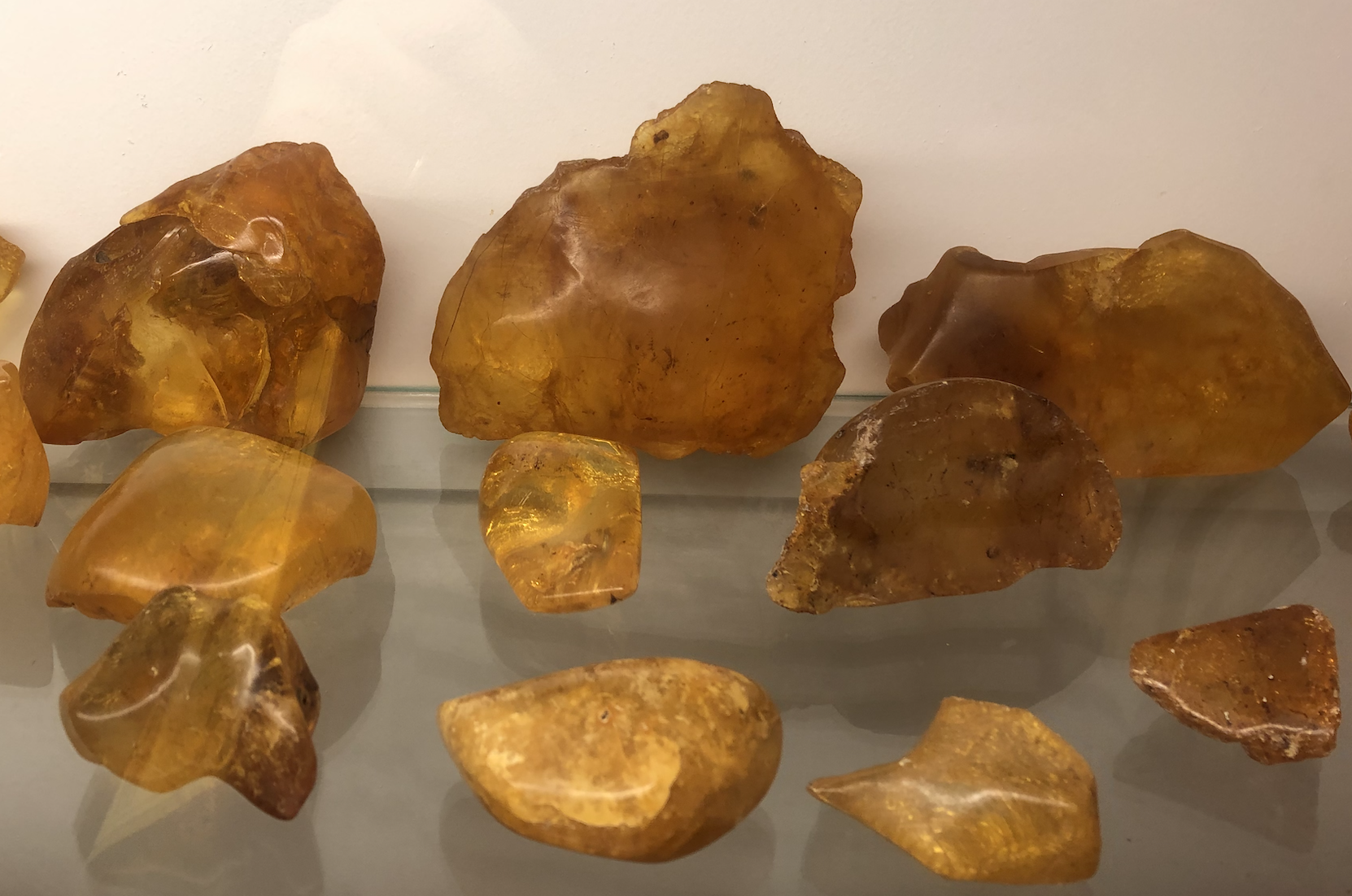
Polished pieces were used for decoration, as well as a substitute for amber in jewelry.
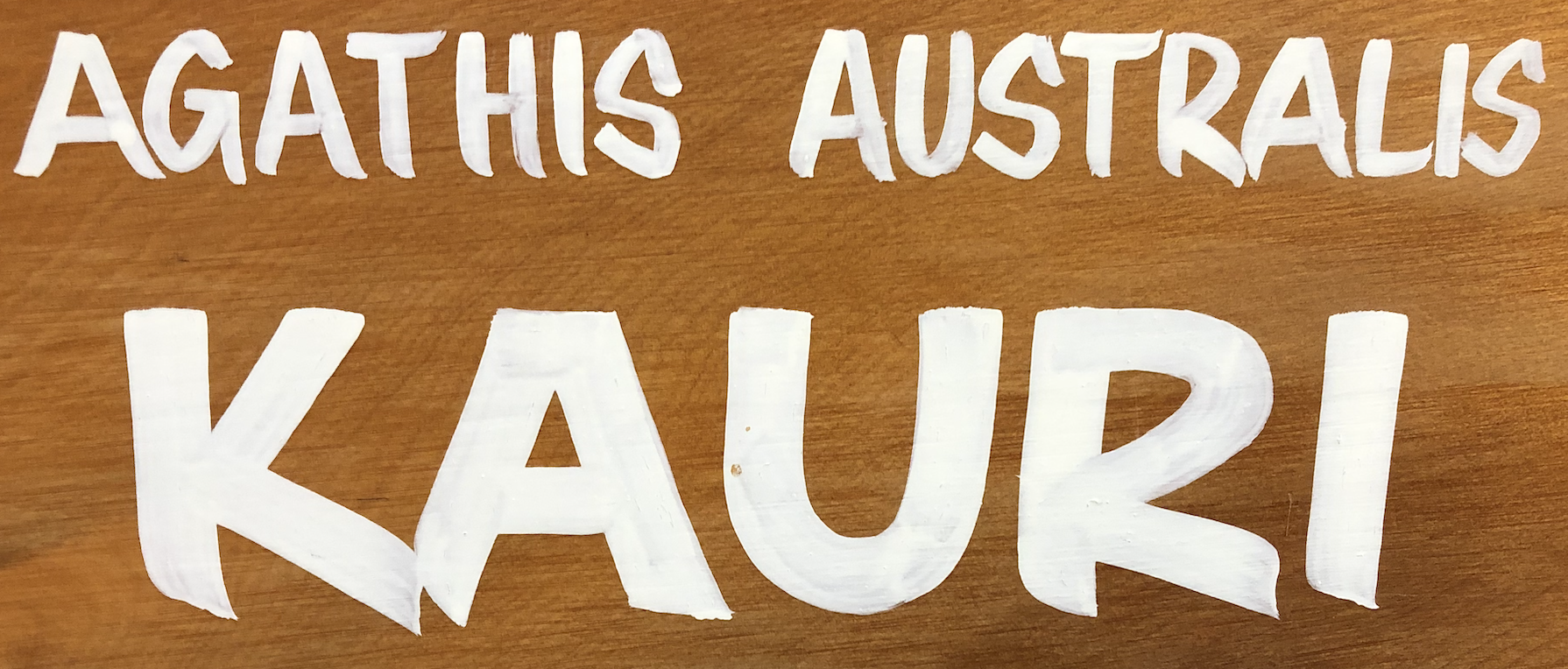
All of these photographs were taken at the Kauri Museum in February 2020.